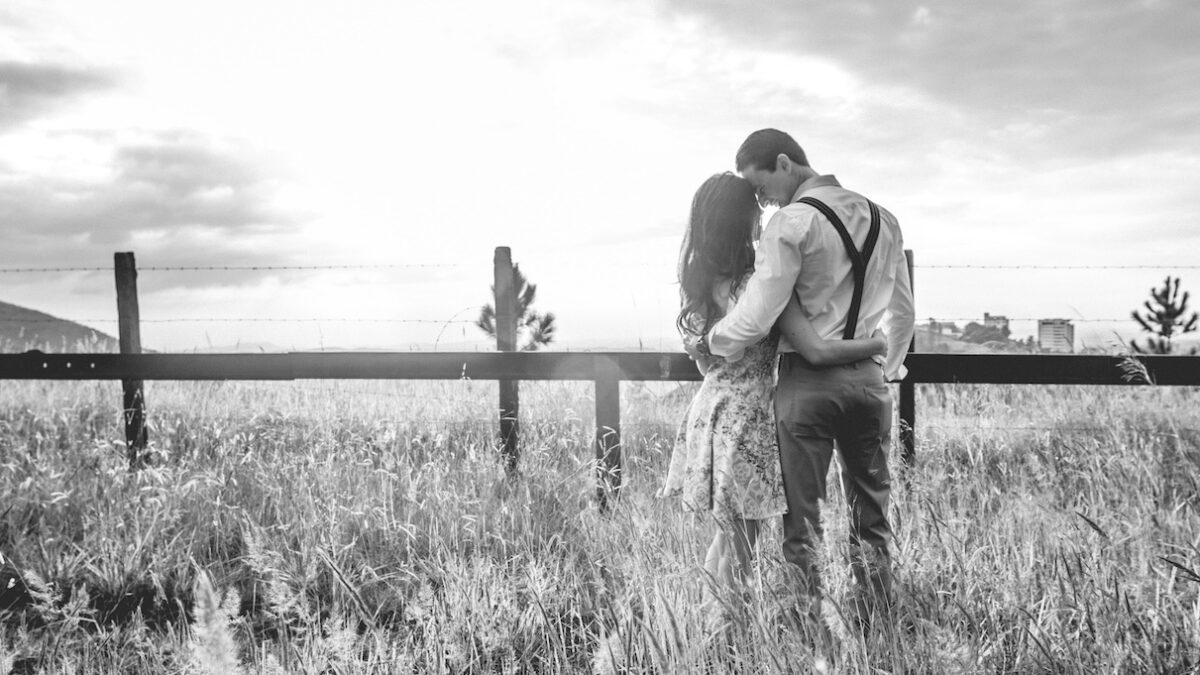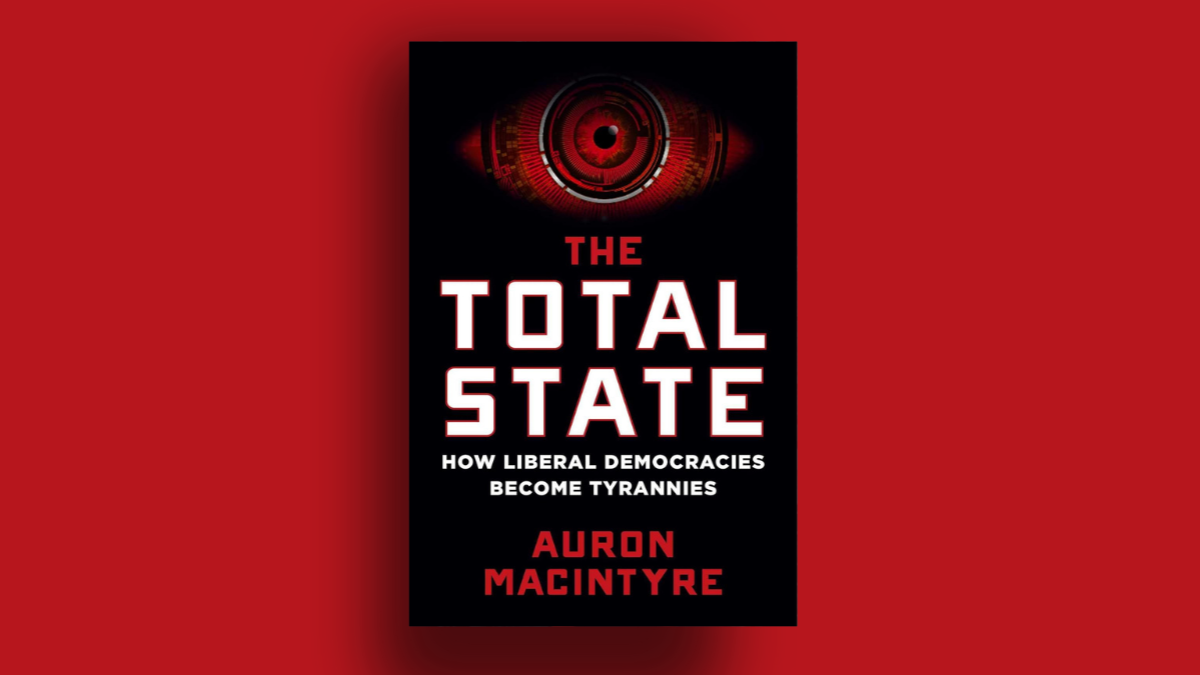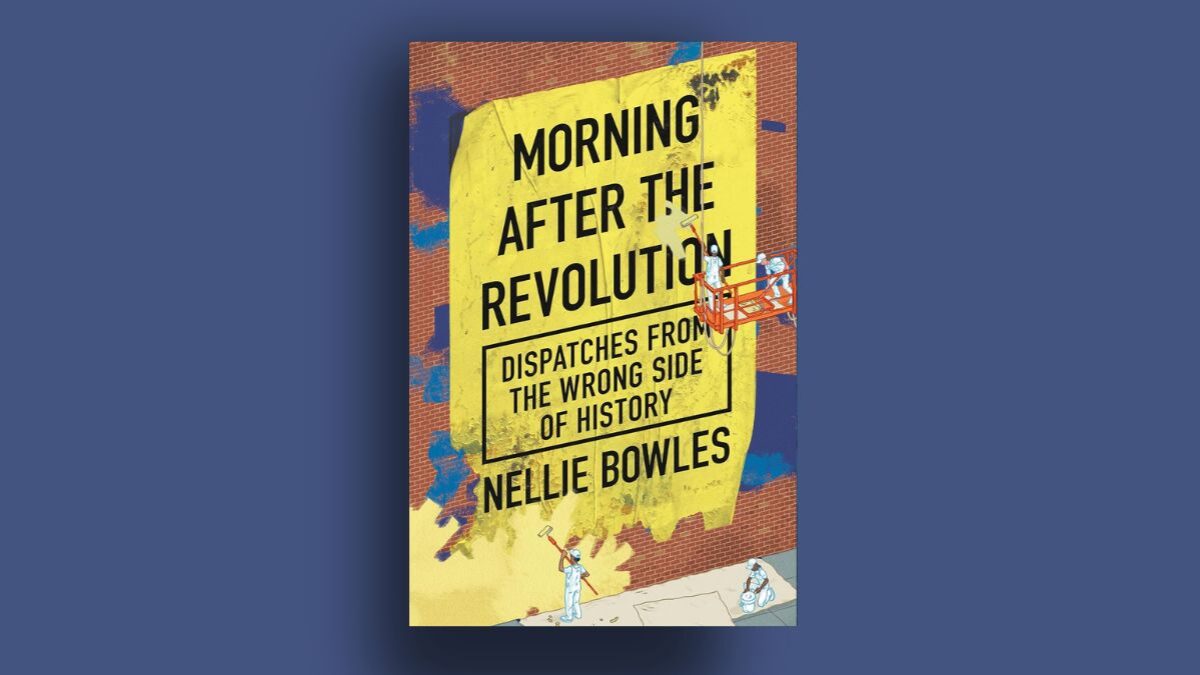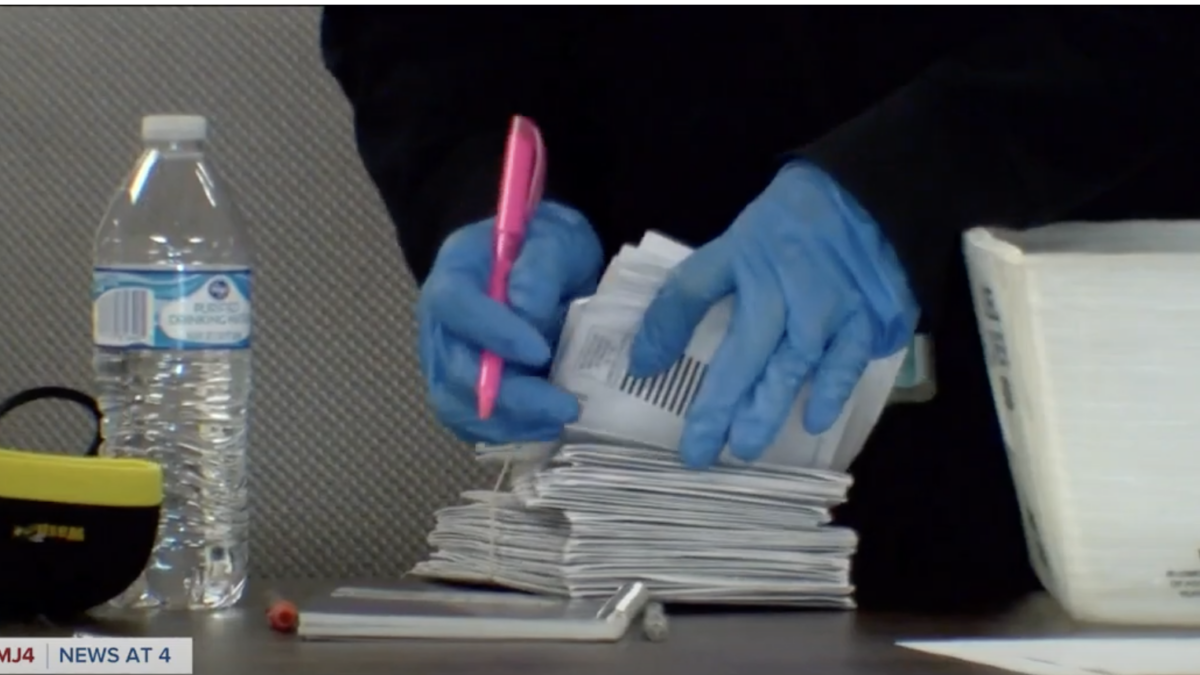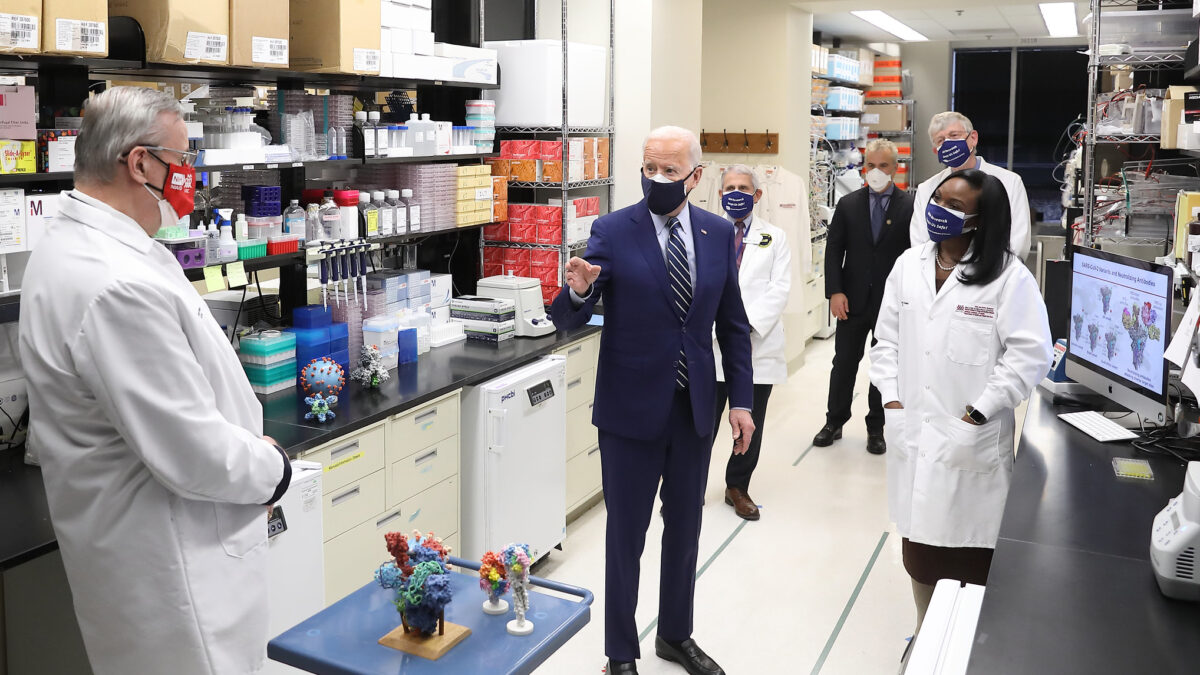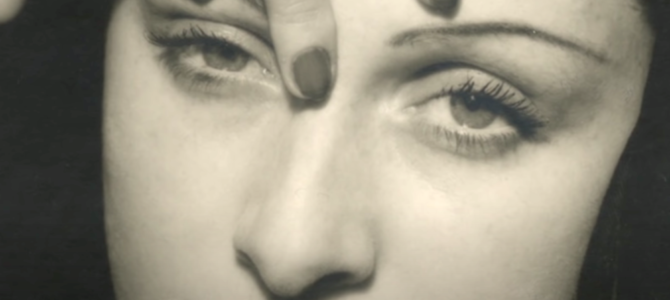
When French author and journalist Brigitte Benkemoun’s husband lost his old Hermès pocket agenda, and the store indicated it no longer carried address books in that style, he obtained a similar one via eBay.
When it arrived, it still had the previous owner’s address book inside — and what an address book. It was filled with the names, addresses, and phone numbers of the major figures of French artistic and intellectual life circa 1950, but without any clear indication of who had originally owned the little volume.
The fascinating story of how Benkemoun was able to identify the owner then use the book’s contents to paint a picture of the owner’s life and times is the subject of “Finding Dora Maar: An Artist, An Address Book, A Life,” which was translated into English earlier this year and recently published by Getty Publications.
Who Was Dora Maar?
In 1935, Dora Maar (1907-1997) was one of the most admired, up-and-coming young artists in Paris. She shot stylish, innovative photo spreads for fashion magazines, associated with a host of artists and intellectuals from André Breton to Jean Renoir, and was active in the radical left-wing politics of her day. She partied with all the most glamorous people of the café society of that time, was admired and often photographed for her beauty and sense of fashion, and looked likely to be a leading light in French culture for many years to come. Then she met Pablo Picasso (1881-1973).
Henriette Theodora Markovitch, to give her proper name, was born in France to a Croatian father and French mother and spent most of her early life growing up in Argentina. When the family moved back to France in 1926, Maar began studying painting and photography with some of the most prominent artists of the day, eventually putting aside painting in favor of developing her skills as a photographer. Her keen eye for sharp contrasts, personal style, and the juxtaposition of the beautiful with the absurd or the macabre naturally led her to befriend many of the surrealists.
During Maar’s roughly 10-year relationship with Picasso, he painted her numerous times, to the extent that she became a kind of stock figure in his art of this period, “The Weeping Woman.” Maar had much to cry about, sadly, for Picasso psychologically and physically abused her for years, eventually abandoning her for his next official mistress.
After suffering a mental breakdown, Maar gradually rebuilt a life for herself, abandoning her radical friends and politics and returning to the Catholic faith of her childhood and to the painting she had mostly abandoned. It helped her to put the pieces back together, but as the decades rolled by, she became more and more of a recluse, even as she still kept an eagle eye on Picasso’s doings from afar.
Interest in Maar’s surrealist photography has never really waned, but in recent years there’s been growing interest in her work as a painter. The intense colors of her landscapes and still lifes set in the south of France, and her deeply personal spiritual paintings, have been drawing more attention from exhibitors and higher prices in the art market than they did when she was alive.
Not surprisingly, then, the original French-language edition of Benkemoun’s book became a best-seller in France last year. With a new exhibition on Maar’s work set to open in the spring of 2020 in Los Angeles, the translation of her book into English would have been perfect timing — but, as we are all now accustomed to remark, COVID-19.
I spoke with Benkemoun about the translation of her book, a transcript of which is included below, lightly edited for length and clarity.
In the Author’s Own Words
WN: Given the tremendous success you’ve had over the past year with your book, first in French and now in English, would you say this old agenda book is the greatest thing your husband has ever bought on eBay? I’m also curious — if you know — how long it had been posted for sale before he bought it?
BB: I would say, I have a wonderful husband. I’m very lucky to have found him before finding Dora Maar’s address book! And I will never protest anymore when he loses something (because he is losing everything all the time). We don’t use eBay much. I don’t remember why I told him to search on eBay.
The agenda had been posted for a long time before he found it. I only know that the antique dealer who sold it bought it in an auction in 2013, so she had kept the agenda without opening it for two years at least, and before that, the auctioneer sold it without paying attention to it. Fortunately, they didn’t throw it in the bin!
WN: I thought your book presented Dora Maar the individual in an even-handed way. She isn’t perfect, and she isn’t always the innocent victim, either. But clearly, she did suffer a great deal and had what today we would probably call a toxic, co-dependent relationship not only with Picasso but also with some of the other people in her life. You describe how the strong and independent Dora curiously doesn’t stand up for herself at times, and not only allows other people to mistreat her but almost encourages them to do so.
BB: I think she and Picasso had a very toxic relationship. John Richardson, the great Picasso biographer, whom I met in New York a few months before he died, told me, “You won’t understand Dora Maar if you forget that she was first of all masochistic.”
Richardson had met both of them. He knew them very well. So I think he was right: She was masochistic, and Picasso was sadistic, even more so with her than with others. But it’s complicated; it seems like they found each other, in a certain way. A woman like Françoise Gilot chose to leave Picasso because she didn’t want to suffer. It’s terrible, but Dora Maar in a way took pleasure in suffering with him.
WN: Before reading your book, I was familiar with Dora Maar’s role as one of the great photographers of the 20th century. I’ve always loved her images of Barcelona street life in the 1930s. I also knew she documented the progress of Picasso’s masterpiece “Guernica” (1937) through her photography — although until reading your book, I didn’t know he had actually allowed her to paint a small portion of it.
Her own paintings are not very well known to a general audience, and in the book, you also mention other artists who, at the time she knew them, were prominent or up-and-coming artists but who today are not familiar outside of specialist circles. Do you think your book is going to lead to a revival in interest in the exhibiting and collecting of her work and that of some of these other artists? And what do you think of her work as a photographer versus her work as a painter?
BB: I would be very happy if my book led people to discover her work. Her great exhibition last year in Paris (Centre Pompidou) and then London (Tate Modern) certainly helped much more. This exhibition was supposed to be at the Getty Center in Los Angeles in March. Unfortunately, COVID came. … I hope it’s only postponed and that the American people can see her work later.
Her painting is very interesting, and the fact that she never stopped painting, even without having success, is incredible. She didn’t care what people thought about her. She went on. She was a real artist from this point of view, but I have to recognize, I prefer the photographs. Like you, I admire the images she took in Spain. She had an incredible sensitivity and a very poetic vision.
You asked about other forgotten painters, and I would like people to rediscover the work of André Marchand. In the 1930s, journalists sometimes presented him as Picasso’s most promising heir. I really like what he did. I didn’t know him before Dora’s telephone book, but by chance, he lived in the same little town where I grew up.
WN: A quote from Dora Maar that you refer to periodically in the book really struck me: “After Picasso, there can only be God.” Part of your research led you to identify contact information for several clergies, and you describe how as her relationship with Picasso deteriorated, and then later when she was on her own, her faith became an increasingly important part of her life.
You also recount how not only Picasso but some of her supposed friends would mock her behind her back for wanting to talk about spiritual matters.
BB: She progressively changed her friends. When the art historian Victoria Combalia talked to her by phone in the 1990s, Dora told her she no longer had anything in common with her left-wing friends. In 1958, she sent letters to all her friends to say she didn’t want to see them anymore.
She kept seeing a few people — Balthus, André Du Bouchet, James Lord — but no longer Paul Eluard, Breton, Jacqueline Lamba. … She met with people who didn’t judge her. She met people she could talk with about the topics she was interested in. Some were not as religious as she was, but they were interested in the mystery of creation, nature, transcendence, spiritual questions.
WN: Along a similar line, one of the themes running through the book is a struggle with the concept of motherhood. The scene that you describe of the telephone call between Dora Maar and her mother, when they are having what turns out to be their final argument, was truly haunting.
In fact, Picasso’s command not to go around to her mother’s, even when she strongly suspected something was wrong, gives the episode a slightly macabre quality. Once again, we see Dora is going against her own best judgment because Pablo says so.
Although she never had a child of her own, at one point Maar considers having a child with Picasso in order to try to maintain some kind of hold over him, but that doesn’t end up happening. She does, however, appoint herself as a sort of unofficial godmother to several children of her friends — yet instead of showering them with affection and attention, it seems like she simply wants the title without the commitment.
Certainly, there was precedent in French society for her to adopt children from underprivileged countries — “La Baker” did that with her “Rainbow Tribe” during the same time period — but she didn’t do that either. Having said that, based on your book, Dora doesn’t strike me as the sort of person who would make the statement, “I never want to be a mother.” So why do you think she never became one?
BB: Don’t forget the period: Dora’s mother died during the German occupation. People were not allowed to go outside at night in Paris: couvre-feu in French, or curfew in English. Secondly, Picasso couldn’t stand the idea of illness or death. So imagine the situation: She is on the phone, arguing with her mother … then silence. … My feeling is Picasso was both in denial and afraid of problems with the German soldiers.
The topic of children is different. I don’t think Dora really was maternal — and nothing like Josephine Baker. But she knew her sterility was a problem for Picasso. For him, she wasn’t a woman if she could not have a baby. He was very cruel and so selfish.
Then she began to become devout, and being a godmother was very important, to get the babies baptized. You are more religious than I am; I am sure you understand what she felt. It was a way to save these kids.
WN: Finally, I’m curious to know whether you’ve kept the address book and whether you had to go back to eBay to get your husband another one?
BB: Yes, I kept both the leather agenda and the address book inside. And you’re right; I bought another one for my husband. I found something inside again! But nothing interesting at all. It’s like the lottery: You don’t win every time.


